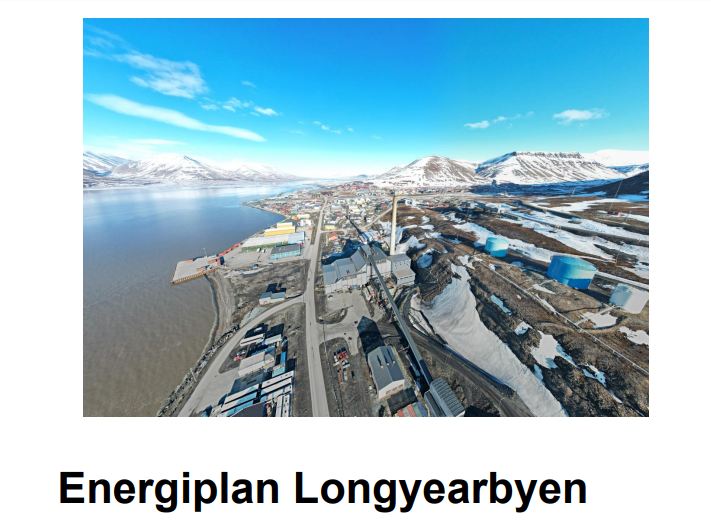
The town of Longyearbyen in the Svalbard archipelago of Norway has published a comprehensive energy plan that emphasizes renewable energy development to support Norway’s climate targets for 2030 and 2050. As part of the energy plan, the Longyearbyen local council (LL) plans to investigate the potential for geothermal heating and seasonal heat storage.
The Energiplan Longyearbyen document (in Norwegian) can be accessed via this link.
Geothermal heating
Due to the geological uplift of Svalbard, the temperature gradient in Longyearbyen is about twice as high as in Norway with a value of about 40 degrees Celsius per kilometer. This makes geothermal energy a compelling resource for heating in Longyearbyen.
Geothermal Energy Nordic AS (GTML) and the Store Norske Spitsbergen Kulkompani (SNSK) have conducted a preliminary assessment of the profitability, risk, and implementation of medium-depth geothermal wells to 1600 meters using a closed coaxial collector pipe. Using deep rock heating, process water from the well is estimated to be between 10 to 25 degrees Celsius. A heat pump will then be used to increase the temperature being feeding the water into the district heating network.
Drilling deep enough to access temperatures suitable for power generation is not considered economically profitable. However, the report notes that such a conclusion must be seen in the context of future energy demand.
The report concludes that the high geothermal temperatures and cold surface climate in Longyearbyen means that the technology should be attractive in the region. However, geothermal is also very investment-intensive, and very cumbersome and expensive to develop and scale up.
LL intends to develop a technical and economic understanding of geothermal together with the University Centre in Svalbard (UNIS) and SNSK. Further investigation is recommended with a later assessment of any pilot project for geothermal energy.
Geothermal heat storage
A separate section of the Longyearbyen energy plan discusses the potential of seasonal heat storage in boreholes or a Borehole Thermal Energy System (BTES). Heat can be stored in these boreholes during periods of excess energy and can then be extracted again, either with or without a heat pump.
A number of assessment and simulations have been conducted to assess the potential of BTES in Longyearbyen. For a 25 GWh geothermal system, a one-year heat-up period will be needed for the first cycle. Heat is supplied during the summer and removed from heat storage during winter.
In 2021, test drilling and thermal response tests were conducted with funding from the Svalbard Environment Protection Fund. According to the results of the tests, “…the thermal properties of the bedrock are as expected and well suited for seasonal heat storage. It is realistic to establish a medium-high temperature seasonal heat storage in Longyearbyen, as an important piece in a new renewable energy supply.”
BTES is not considered a fully mature technology. Extensive studies, test drilling, and planning are recommended before any further development. LL is also optimistic that larger projects both in Norway and in other countries will provide more practical experience on BTES within a few years.